By Matt Klampert

The opening of Yuzawa
After Yasunari Kawabata’s groundbreaking novel Snow Country (YUKIGUNI in Japanese) was first published in English in 1956, it soon caught on all over the world, giving people a window into life in the small provincial town of Yuzawa. Afterward, journalists and reporters would occasionally report on it in international news. The Pulitzer prizewinning journalist Fox Butterfield came to Snow Country for an article in 1975 during a transformational period in Yuzawa’s history. The once sleepy onsen village had begun to give way to crowded ski slopes and high-rise resort hotels. Despite this, it was still a place where one could see geisha, including the (now retired) Matsuei, who was known for being the inspiration for the character of Komako, the love interest of Kawabata’s novel.
This time was the beginning of the “ski mania” in Yuzawa that has continued to the present day (LINK): Back then it was estimated that over 400,000 winter revelers had come to visit the town of about 9,000 people over the past New Year’s holiday. Of course, Yuzawa still sees significant amounts of ski enthusiasts, with over 2 million visitors this winter, according to official town statistics. One thing that has unmistakably changed within these demographics is the number of visitors from overseas, with recent statistics pointing to nearly 15% percent of winter visitors to Yuzawa hailing from outside Japan, not including the ones that happen to live here! (LINK) Though there are no longer any onsen geisha to be seen around the town, many of the ryokan where they entertained are still standing, including the eco-lodge Takahan. Such ryokan are still in many ways a relaxing escape from the hustle and bustle of the slopes. Even now, Takahan prioritizes its onsen for physical and mental health, and the importance of a slow life.
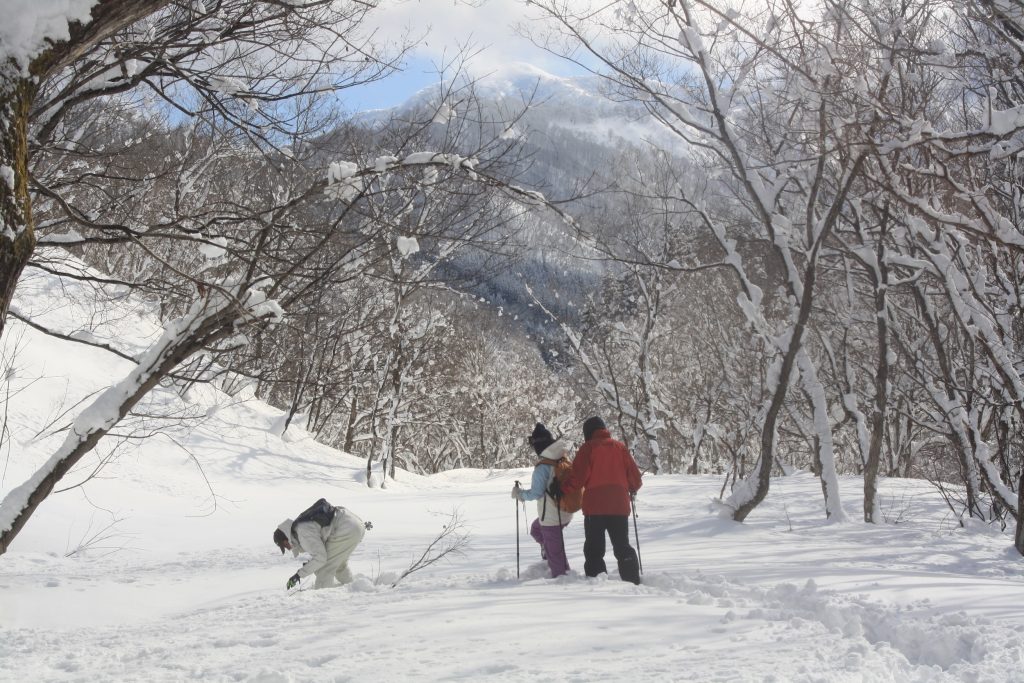
While life in Yuzawa pre-ski was surely slow, it was not without its difficulties. The massive amounts of snow made travel exceedingly difficult, to the extent that people often just climbed out of their windows and walked from rooftop to rooftop rather than attempt to exit through the snowed-in front door. Ideas to fix the problem ranged from building a giant dam, to actually cutting off the tops of nearby mountains, but instead sprinkler systems were installed around town to heat the roads with hot onsen groundwater. These are still in use today!
-1024x626.jpg)
An unchanging winter wonderland in Tsunan
More than 30 years later, the story remained much the same. In 2006 the Tsunan area achieved record amounts of snowfall, as reported by another Pulitzer-winning journalist, Norimitsu Onishi. At that time Tsunan was buried under over 12 feet of snow, the worst snowfall in over a half-century! To put things in perspective, it is typical for Tsunan to get approximately between 4 inches to upwards of a foot of snow per day in winter, with the maximum being 3 feet or more! Since 2006, the largest recorded amount of daily snowfall was 4 ½ feet in 2015. More recently, however, the winter season in 2022 saw a high of only 1½ feet of snow. It is worth considering how “Snow Country” might change if such weather patterns continue from now on.

On the other hand, YUKIGUNI continues to be known for having large amounts of natural snow until April or May at locations such as the GALA Snow Resort. Despite the hardship caused by this snow, it soon melts into the purest water around, which is essential for growing premium koshihikari rice and delicious fresh vegetables. Click HERE for more details.
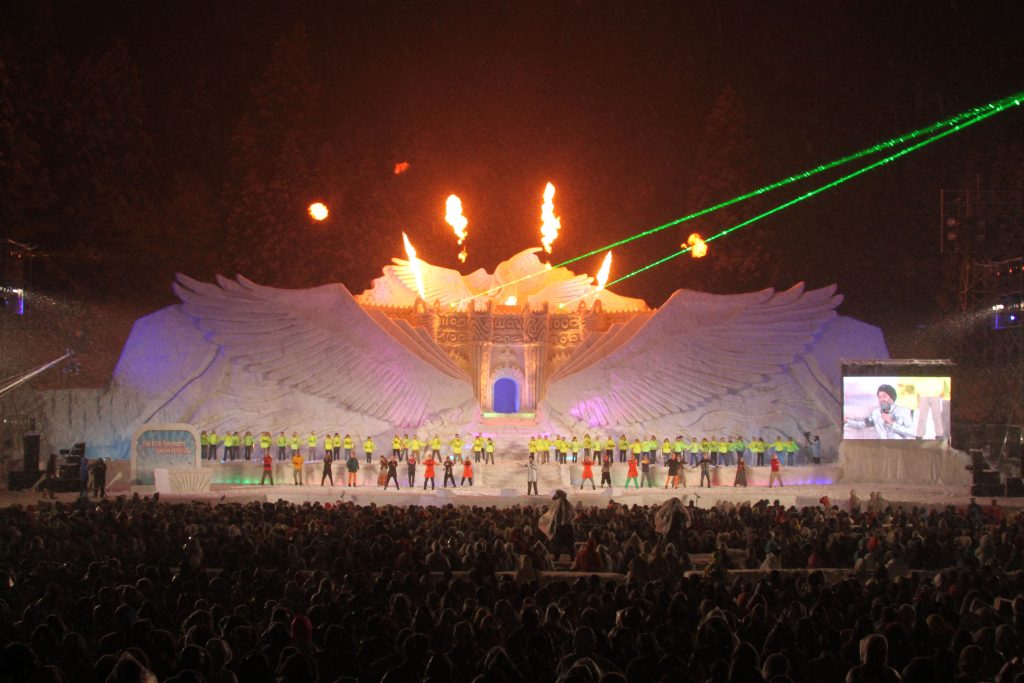
Japan – and YUKIGUNI – celebrated abroad
It turns heads when Japanese traditions gain a foreign star. This is true both with the influx of Mongolian talent in sumo, and in the arts as well. Enka music gained its first non-Japanese superstar thanks to Sarbit Singh Chadha, known mononymously as “Chada,” who has been well known here since his first hit song “Omokage no Hito” in 1975. His popularity led to some enka fans learning Hindi, and his legacy has been continued by artists such as the American enka singer Jero. After an extended period back in his native India, Chadha made his comeback in Japan, including performances at Tokamachi’s annual Winter Festival!
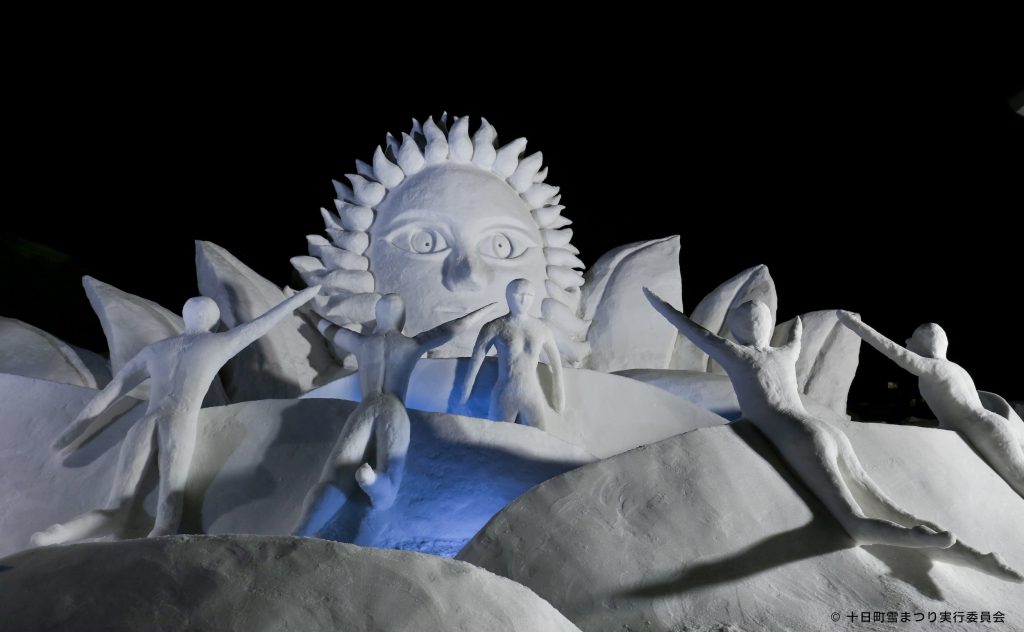
It was reported in the Hindustan Times when Chadha went on tour to support victims of the Great East Japan Earthquake in 2011 in collaboration with the Tokamachi Natsumero Aikokai and Tokamachi Union Pops. Singing in both Japanese and Hindi, Chadha brought the orchestra with him on a tour of India, which culminated in a large concert at the New Delhi Hilton Hotel that was attended by 600 people and sponsored by the Japan Foundation.
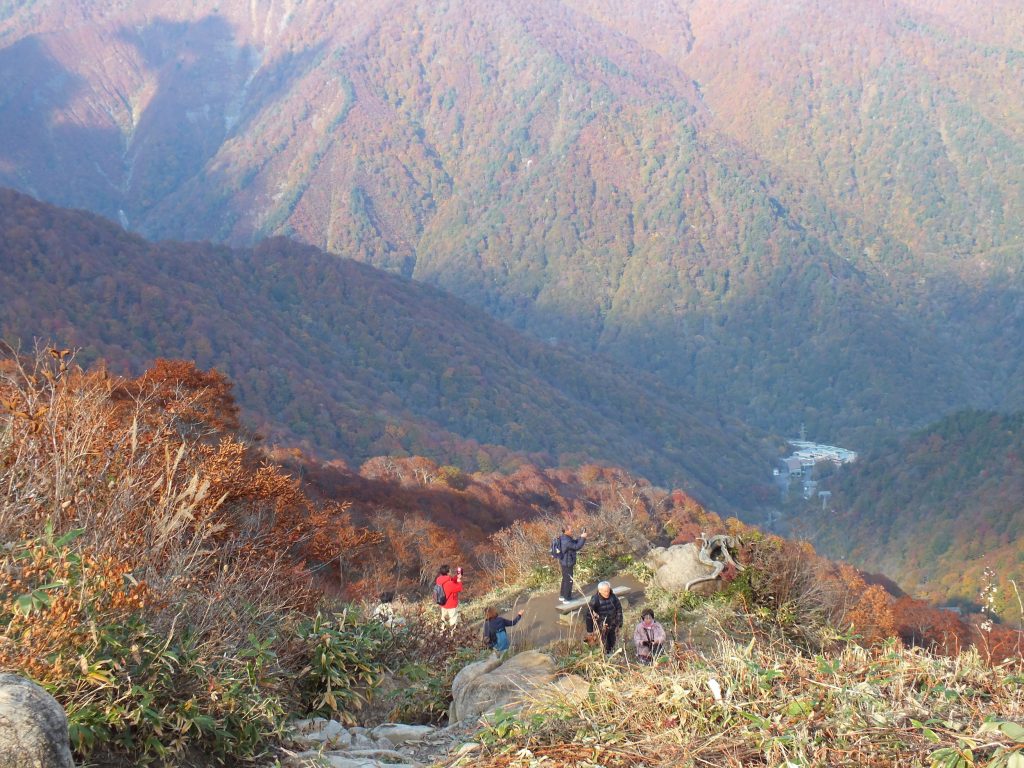
A new horizon- Adventure tourism in Minakami
Despite this region’s reputation for snow, YUKIGUNI has gradually become a premier location for adventure tourism in the green season. This is due in large part to Minakami’s own Canyons, and their innovations in Japan’s growing adventure tourism industry. Nowadays, Minakami is a great place for rafting, mountain biking, paragliding, and more, but back when the company started in 2000, Minakami was better known as a sleepy onsen town.
The Japan Times reported: “Almost three decades later, Minakami is home to around 35 adventure tourism companies, including 14 canyoning companies and 14 rafting outfits. Approximately 240 staff, made up of both Japanese and non-Japanese workers, serve an estimated 2 million-plus visitors (primarily domestic travelers) each year.” It has been suggested that this can serve as an example of how to revitalize other rural regions as well: “Adventure tourism is the flavor of the month at the Japan National Tourism Organization. While visitor spending in 2022 amounted to ¥18.7 trillion (about 30% less than recorded in pre-pandemic years), the goal is to attract 60 million international tourists — including high-value, adventure-seeking travelers — to Japan by 2030.”
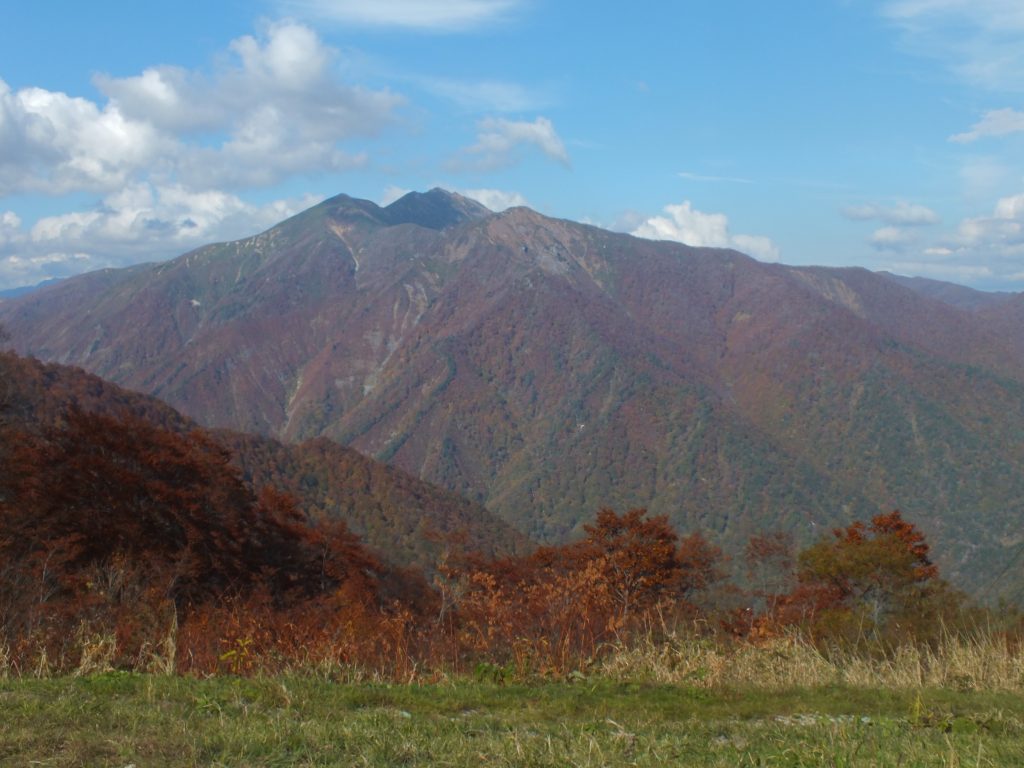
In the past few years, representatives from Minakami have even met with the prime minister and Japanese cabinet members to discuss adventure tourism safety. The Minakami Outdoor Association has additionally created their own safety standards to ensure operators can, among other things, successfully administer first aid. For information on summer fun around Snow Country, click HERE.
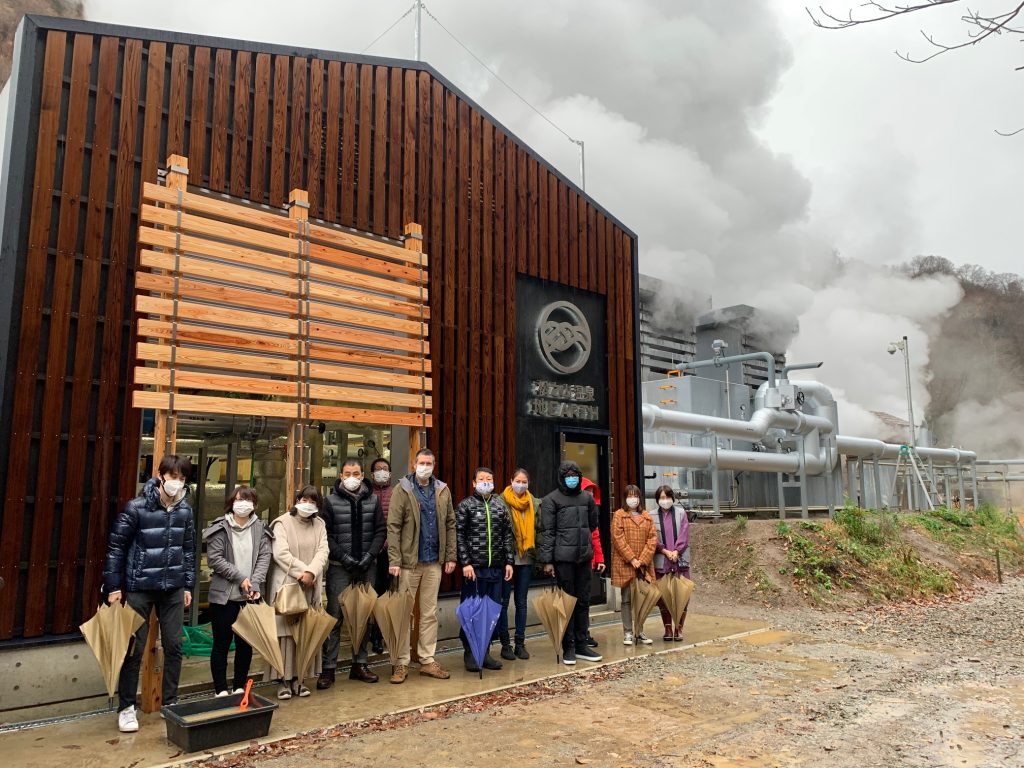
Looking to the future in Snow Country
The goings-on in YUKIGUNI have continued to make waves abroad. Geothermal power has been in the news lately, as people look to nature areas to supply green energy. We have written about Matsunoyama Onsen and their ambitious plans to supply power using their special onsen water! As it has become a topic of discussion how to best utilize resources in rural Japan, it is possible we will see such power generation become more commonplace in this country, and the world will continue to look toward YUKIGUNI to see Japan’s past as well as a greener future.


-1024x626-2.jpg)
